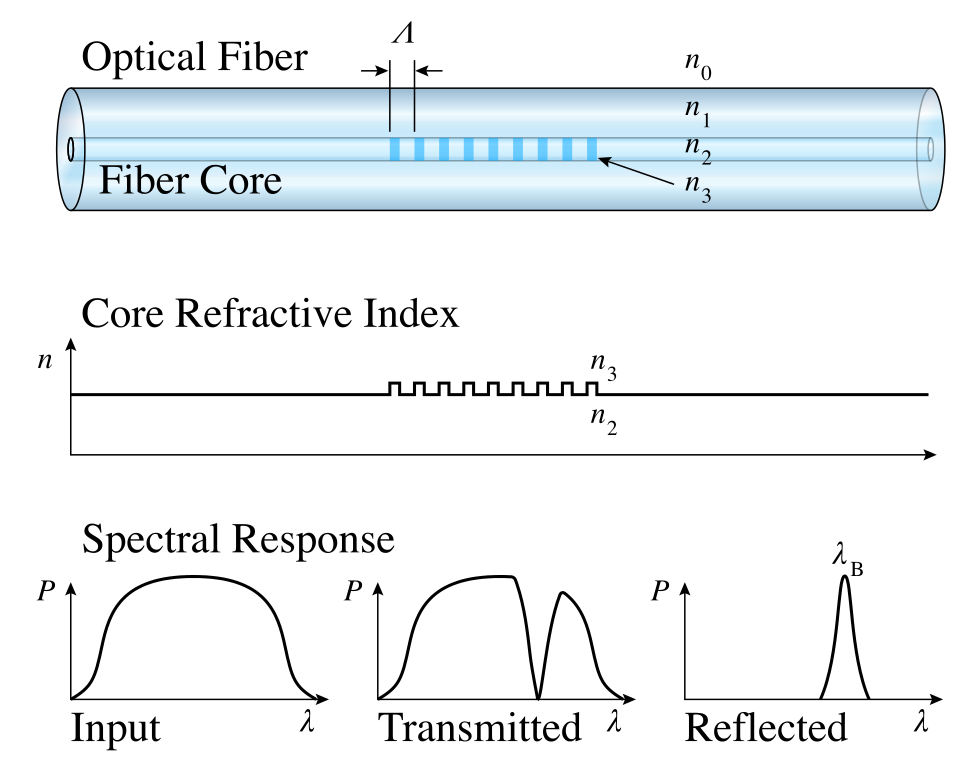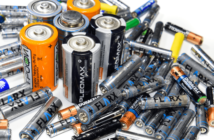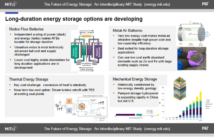There is fair amount of hype around recharging batteries. Including how we must trickle charge them with the right transformer, and never, ever leave them alone. Moreover, some transformers have undecipherable symbols on them that consumers don’t always understand. Now researchers in Britain have been challenging charging protocols for 18650 li-ion batteries.
Memory Recall: What Are 18650 Li-ion Batteries?
Type 18650 li-ion batteries are by far the most popular rechargeable single cells. They are in common use in portable devices including flashlights. Popular brands include LG, Panasonic, Samsung, and Sony. Almost inevitably, they have a warning somewhere about not overcharging because of risk of thermal runaway. Engineers have been conservative about recharging protocols, because they could not accurately assess internal temperatures.
What Researchers at the University of Warwick Discovered

Researchers at the University of Warwick, England published an open paper in the journal Electrochimica Acta on 10 February 2018. In it, they detail amazingly rapid-charging prototype 18650 li-ion batteries.
These can accept 6.7 times higher current than normal, and recharge 5 times faster. Hence, this challenges previous assumptions regarding lithium battery care.
“The new technology could enable advances in battery materials science, and flexible battery charging rates,” they say. Because the new thermal and electrical engineering have potential to help the design of energy storage systems for high performance applications”. What can we say but WOW. How did they do this with 18650 li-ion batteries?
The Technology Behind a Remarkable Piece of Work

The researchers at Warwick University radically redesigned a lithium ion cell by placing a reference FBG Electrode inside it. Then they connected this to external processors using fiber-optic thread inserted through an aluminum shield.
This provided accurate temperature measurement, enabling charging up to a safe distance from the threshold of runaway.
“This could bring huge advantages to areas such as motor racing. The sport would gain obvious benefits from being able to push the performance limits [using 18650 li-ion batteries]. Furthermore it also creates massive opportunities for consumers and energy storage providers,” claims lead researcher Dr. Tazdin Amietszajew.
Related
Why is Lithium Technology Still Here?
Lithium Battery Toy Fire Displaces 10 People
Preview Image: Warwick University Research Center




